Of all the Dragons in the multiverse, Niv-Mizzet is among the most powerful and famous. The living Guildpact for Magic: The Gathering‘s Ravnica setting has been around for millennia, amassed unrivaled knowledge of magic, and even held his own in a toe-to-toe brawl with Nicol Bolas.
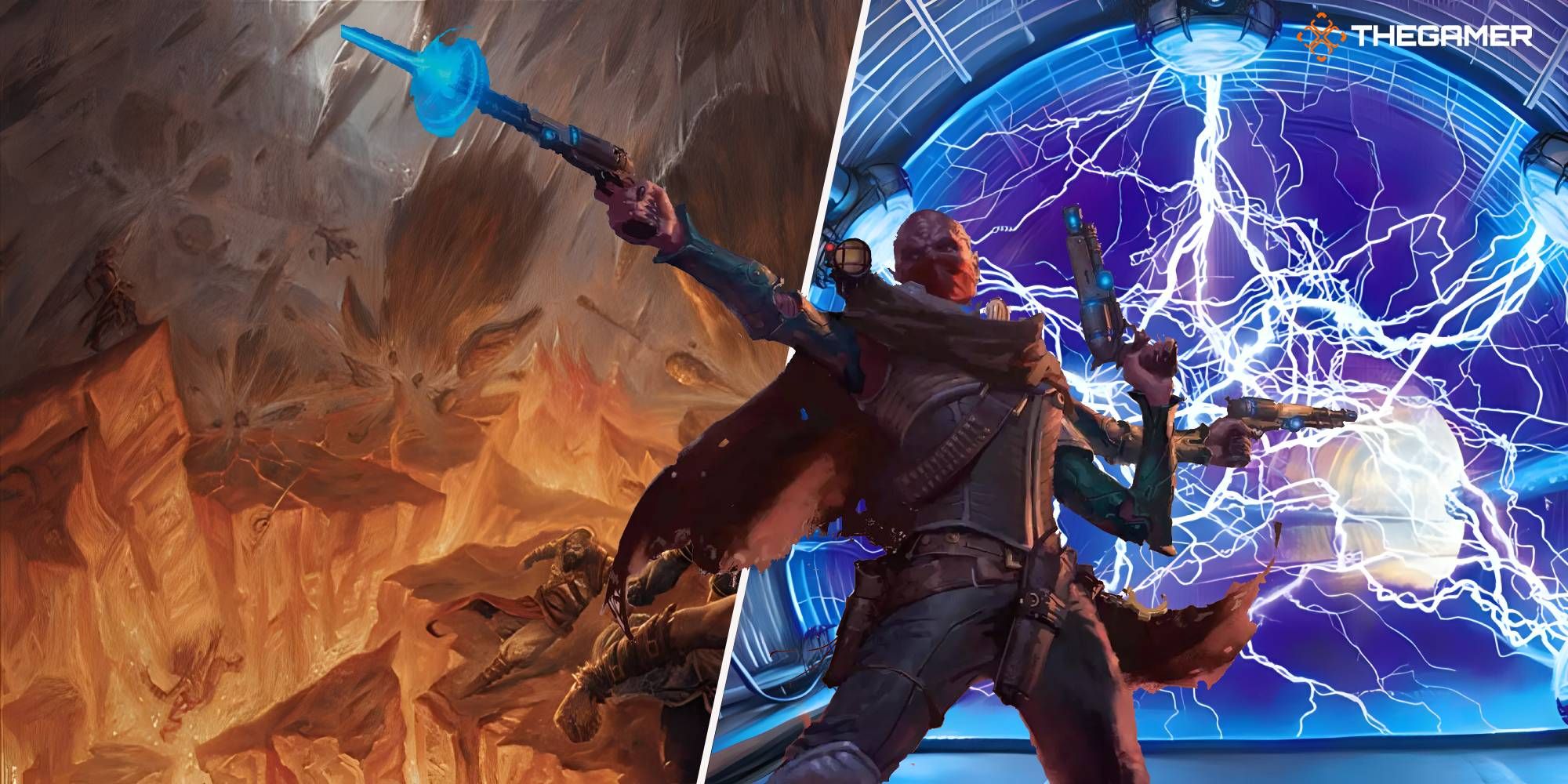
Related
Magic: The Gathering – Ghyrson Starn, Kelermorph Commander Deck Guide
Warhammer 40K’s Human-Tyranid hybrid Ghyrson Starn makes for a scary commander in Magic: The Gathering.
Foundations introduces a brand-new version of Niv-Mizzet which, in line with his character, teams up well with himself. Niv-Mizzet, Visionary will reward you for building a red/blue burn deck by filling your hand as you empty your opponents’ life totals. Truly an appropriate representation of the Firemind!
Sample Decklist
Niv-Mizzet is full of himself, and so is this deck! All three Izzet (red/blue) versions of Niv-Mizzet are in the 99, and two of them go infinite with Niv-Mizzet, Visionary. He’s the type to get stuff done all by himself, and now he can!
|
Commander |
|||
|---|---|---|---|
|
Niv-Mizzet, Visionary |
|||
|
Creatures (18) |
|||
|
Baral, Chief of Compliance |
Coruscation Mage |
Electrostatic Field |
Firebrand Archer |
|
Firespitter Whelp |
Guttersnipe |
Kessig Flamebreather |
Laboratory Maniac |
|
Niv-Mizzet, Dracogenius |
Niv-Mizzet, Parun |
Niv-Mizzet, the Firemind |
Psychosis Crawler |
|
Razorkin Needlehead |
Scalding Viper // Steam Clean |
Storm-Kiln Artist |
Stormcatch Mentor |
|
Thermo-Alchemist |
Twinflame Tyrant |
||
|
Sorceries (15) |
|||
|
Blasphemous Act |
Boltwave |
Chandra’s Ignition |
Earthquake |
|
End the Festivities |
Fiery Confluence |
Flame Rift |
Grab the Prize |
|
Grapeshot |
Inner Fire |
Jeska’s Will |
Mana Geyser |
|
Rite of Flame |
Tectonic Hazard |
Windfall |
|
|
Instants (14) |
|||
|
An Offer You Can’t Refuse |
Arcane Denial |
Cyclonic Rift |
Desperate Ritual |
|
Firestorm |
Frantic Search |
Ionize |
Lightning Bolt |
|
Negate |
Pyretic Ritual |
Seething Song |
Sink into Stupor // Soporific Springs |
|
Swan Song |
Untimely Malfunction |
||
|
Artifacts (8) |
|||
|
Arcane Signet |
Izzet Signet |
Ruby Medallion |
Sol Ring |
|
Swiftfoot Boots |
Talisman of Creativity |
Thought Vessel |
Wayfarer’s Bauble |
|
Enchantments (7) |
|||
|
Curiosity |
Descent into Avernus |
Fiery Inscription |
Rhystic Study |
|
Rite of the Dragoncaller |
Sulfuric Vortex |
Wizard Class |
|
|
Planeswalkers (2) |
|||
|
Chandra, Torch of Defiance |
Jace, Wielder of Mysteries |
||
|
Lands (35) |
|||
|
Cascade Bluffs |
Command Tower |
Eroded Canyon |
Frostboil Snarl |
|
Island (8) |
Izzet Boilerworks |
Mountain (10) |
Mystic Sanctuary |
|
Otawara, Soaring City |
Reliquary Tower |
Riverglide Pathway // Lavaglide Pathway |
Scalding Tarn |
|
Shivan Gorge |
Shivan Reef |
Steam Vents |
Stormcarved Coast |
|
Sulfur Falls |
Thundering Falls |
Training Center |
|
The Commander
Niv-Mizzet, Visionary is a 5/5 flying legendary Dragon Wizard who costs four generic, one blue, and one red mana. As long as you control him, you have no maximum hand size, which is vital to make use of his final, signature ability.
All Izzet Niv-Mizzets encourage interactions between blue’s draw focus and red’s direct damage, and Niv-Mizzet, Visionary is no exception: whenever any source you control deals noncombat damage to an opponent, you draw cards equal to the damage.
Noncombat damage includes damage from instants and sorceries, which means that Niv-Mizzet, Visionary turns Lightning Bolt into Ancestral Recall with three damage attached. Suddenly, small burn spells become serious draw engines!
One drawback is that your opponents have more combined life than you have cards in your deck, so it’s possible to deck yourself out if you hit a combo too early or without a way to throttle it.
You can modify the decklist to minimize or eliminate the chance of a combo going out of control, but let’s face it, it’s thematic for Izzet mages to get too excited and blow themselves up.
How To Build The Deck
Niv-Mizzet, Visionary demands that you build some version of a burn deck, which can come in several flavors, using cards like Impact Tremors to punish your opponents for your actions, or Mana Barbs to burn them for using their own resources.
The version described here is a spellslinger deck in which most of your creatures and some other permanents reward you for casting a lot of instants and sorceries, many of which will also damage your opponents and their creatures while refilling your hand.
Since it’s relatively easy to draw out your entire deck, there are a couple of alternate win conditions included. Some, like Laboratory Maniac, will hand you the win when your deck is empty. Others will fill your battlefield with dragons, grow to enormous proportions, or just allow you to throw your whole fat hand at your opponents.
Ramp
Neither red nor blue has much permanent ramp, but red does have access to a lot of rituals. While these will only give you a temporary boost, they’ll also trigger multiple effects from your permanents and build up your storm count for a big finish with Grapeshot.
For most decks, Mana Geyser is usually the strongest ritual. For five mana, it returns one red mana for each tapped land that your opponents control, which can easily be ten-15 mana when you cast it. That’s more than enough to cast any spell in the deck, as long as you don’t need blue.
Once you start hitting your stride, though, Inner Fire will generate much more mana, giving you one red mana for each card in your hand. Thanks to your commander’s effect, this can easily translate into 20-30 mana, allowing you to drop most of your hand immediately afterwards.
Jeska’s Will won’t usually give you as much mana as Inner Fire, but with three opponents, you’ll almost always be able to come out mana-positive. Using it right after a Windfall where you force every player to discard and draw 20 cards is a surefire way to get ahead, but even if you only get three mana back, you’ll get all the cast triggers from your permanents for free.
Aside from a collection of mana rocks, Storm-Kiln Artist is the only mana acceleration in the deck that allows you to bank mana for later turns by producing Treasure tokens whenever you cast or copy an instant or sorcery spell.
One Treasure token per spell doesn’t seem like much until you realize how many instants and sorceries only cost one or two mana, making them practically free while Storm-Kiln Artist is in play. That deal gets even better when you account for casting cost modifiers.
You don’t need more mana to pay for spells if the spells are cheap. There are a bunch of cards with effects that make instants and sorceries cheaper, so you can add more if you like.
Stormcatch Mentor and Baral, Chief of Compliance are tied for the least expensive mana reducers at two mana each, with additional bonuses. Baral allows you to draw a card and then discard every time you counter a spell, which will come in handy occasionally, while Stormcatch Mentor’s prowess makes it grow with each spell, giving you the opportunity to swing with a giant otter after an eventful turn.
The five medallions each reduce the cost of spells of the associated color by one mana, so you could fit both Ruby Medallion and Sapphire Medallion. However, the sample decklist leans more into red than blue, so you’ll get limited returns from including the Sapphire Medallion.
Draw
Your commander is your draw engine. In fact, every version of Niv-Mizzet in the deck is your draw engine.
Niv-Mizzet, Dracogenius is the weakest of the three in terms of drawing power. For one red and one blue mana, he can ping any target for one damage, and every time he damages a player, you may draw a card. As a 5/5 Dragon with flying, you can attack with him and draw a card in addition to doing five damage, then use extra mana at the end of your opponent’s turn to burn down creatures or ping an opponent to draw some cards.
While the card text specifies that Niv-Mizzet, Dracogenius can only ping creatures or players, the official rules text has been updated to specify “any target.”
Niv-Mizzet, Parun doesn’t draw cards when it pings something, it pings targets when you draw cards. Plus, whenever any player, including yourself, casts an instant or sorcery, you get to draw a card. If your opponent tries to Murder Niv-Mizzet and you counter their spell, you get two cards and two damage to assign any way you want. Plus, this version can’t be countered, so you can safely play it into a blue control deck.
Somewhere between Dracogenius and Parun, Niv-Mizzet, the Firemind has the same draw-to-damage effect of Parun, but without the added draw effect when a player casts an instant or sorcery spell. It can, however, tap to draw a card and still combo off with your commander.
Curiosity pairs with most creatures in the deck to add a draw effect to their triggered damage effects. Attaching it to something like a Guttersnipe or Electrostatic Field will allow you to draw multiple cards for every qualifying spell you cast. Attaching it to either Niv-Mizzet, Parun or Niv-Mizzet, the Firemind will produce a draw/damage combo that will either burn your opponents down or deck you out.
Spellslinging Payoffs
One important note with Niv-Mizzet, Visionary is that he only checks for noncombat damage, so you need reliable noncombat damage sources in order to trigger his card-draw effect. Direct burn spells like Lightning Bolt work, but tend to be single-use. Permanents that add incidental damage to spells that you want to cast anyway are more cost-effective.
Kessig Flamebreather and Firebrand Archer both have the same effect, dealing one damage to each opponent whenever you cast a noncreature spell. Noncreature spells include artifacts and enchantments, so you can trigger these effects by playing a Sol Ring or other mana rocks.
Coruscation Mage has the same mana cost as Kessig Flamebreather, but also has offspring, so you can pay an additional two generic mana for a 1/1 token copy. This makes it a flexible option that can be played on turn two for an early effect or later for a bigger effect.
Firespitter Whelp is a little more expensive, but it’s a thematic fit with a slightly extended effect, adding Dragons to the spells that trigger its damaging ability. While this isn’t exactly a Dragon deck, the presence of four Niv-Mizzets plus Twinflame Tyrant can make up for the slightly inflated mana cost.
Guttersnipe is a staple for spellslinger decks, dealing two damage to each opponent whenever you cast an instant or sorcery. With Niv-Mizzet, Visionary in play, that turns into six cards in your hand every time you counter a spell or cast a ritual to get mana.
Fiery Inscription is an improved version of Guttersnipe, since enchantments tend to be harder to remove than creatures. You get the same effect, plus one of your creatures becomes your Ring Bearer, but the effect persists through Wrath of God and Blasphemous Act.
Electrostatic Field has a similar effect, but only deals one damage to each opponent. That’s still nothing to sneeze at, and as a 0/4, it makes a decent blocker, too.
Drawing a lot of cards can put you in a position to lose by decking out, but Rite of the Dragoncaller may be the answer. Instead of dealing damage when you cast spells, it creates 5/5 flying Dragon tokens. Use them to attack your opponents to whittle down their life so that you can finish them off before you run out of cards, or swing for the killing blow.
Deck Tech
One of the biggest drawbacks to draw combos is the possibility of running out of cards before your opponents run out of life. This deck includes two alternate win conditions to alleviate some of this concern.
Jace, Wielder of Mysteries and Laboratory Maniac both have the same effect, where you win if you attempt to draw from an empty deck. They make good targets for removal, though, so it’s a good idea to hold onto them until you’re close to the bottom of your deck and to keep some counters (and mana) available to protect them.
Psychosis Crawler has excellent synergy with this deck! You’ll be drawing tons of cards, so it will keep getting bigger and bigger, giving you a massive attacker or insurmountable blocker. Plus, each time you draw a card, each opponent loses one life. This effectively doubles their life loss while Niv-Mizzet, Visionary is in play, without increasing your already robust card draw.
Chandra, Torch of Defiance’s ultimate ability gives you an emblem that deals five damage to a creature or player when you cast any spell. While that can be huge (especially while chaining together rituals), you’re unlikely to get there as your opponents will start to target her before she can get to seven loyalty.
Her first two abilities, though, are excellent with this deck. The first allows you to exile a card from the top of your deck and then either cast that card or deal two damage to each opponent. The second gives you two red mana, and both effects give her one loyalty. If you focus on these two and count her ultimate as a bonus, you’ll always be happy to draw her.
Lands cannot be “cast,” so if Chandra exiles a land card, you cannot play it.
If there are enough targets in play, Firestorm may be your finisher. For one red mana you can discard any number of cards, then deal that much damage to that many targets. The limiting factor is how many targets you have: you have to choose a different, legal target for every card you discard, so you won’t be able to discard 40 cards to kill all three opponents unless one of them has a board filled with dozens of Goblins or Bunnies or other valid targets.
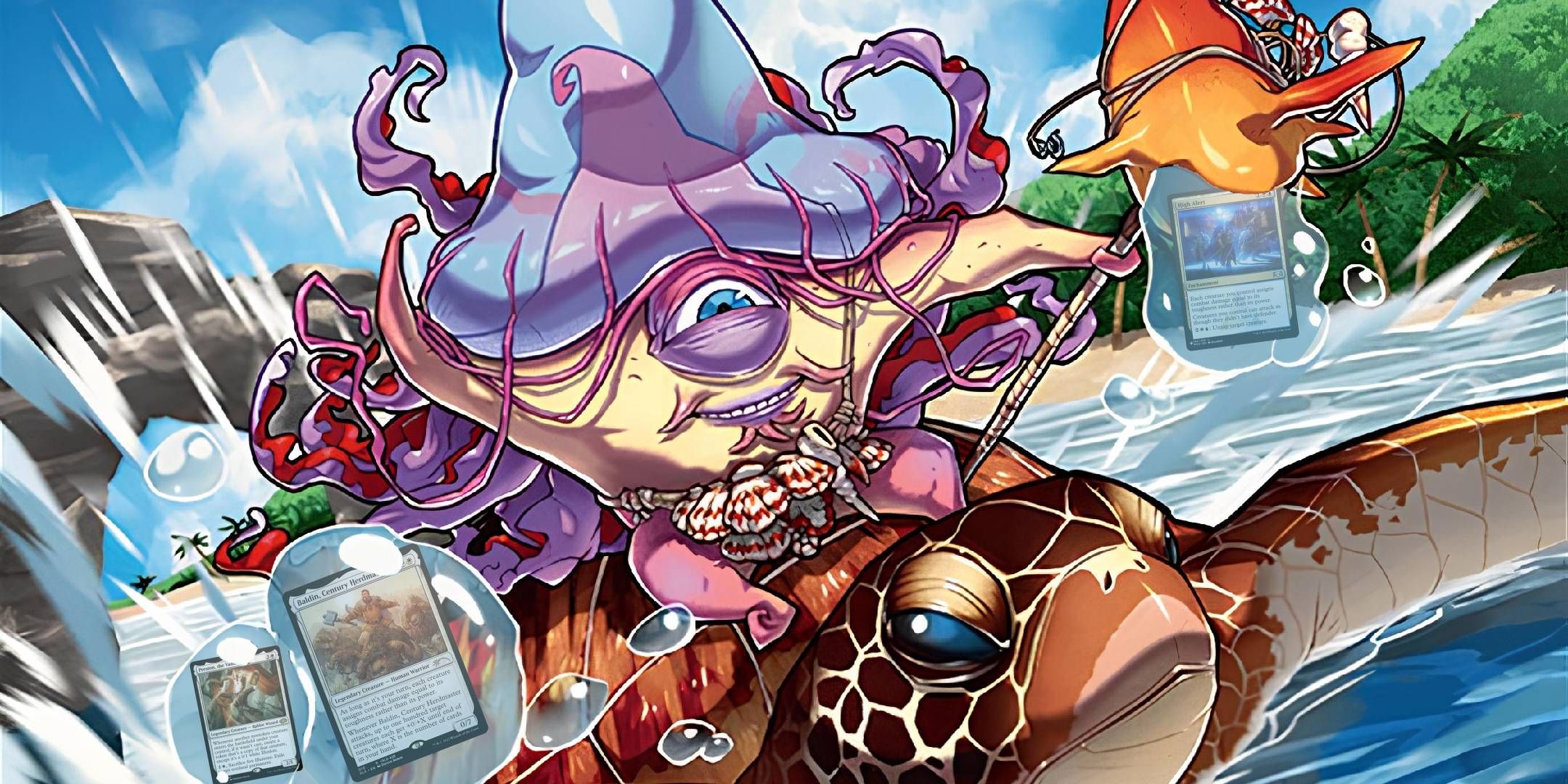
Next
Magic: The Gathering – Plagon, Lord Of The Beach Commander Deck Guide
Head to the beach and use creatures with big toughness with Plagon, Lord of the Beach.
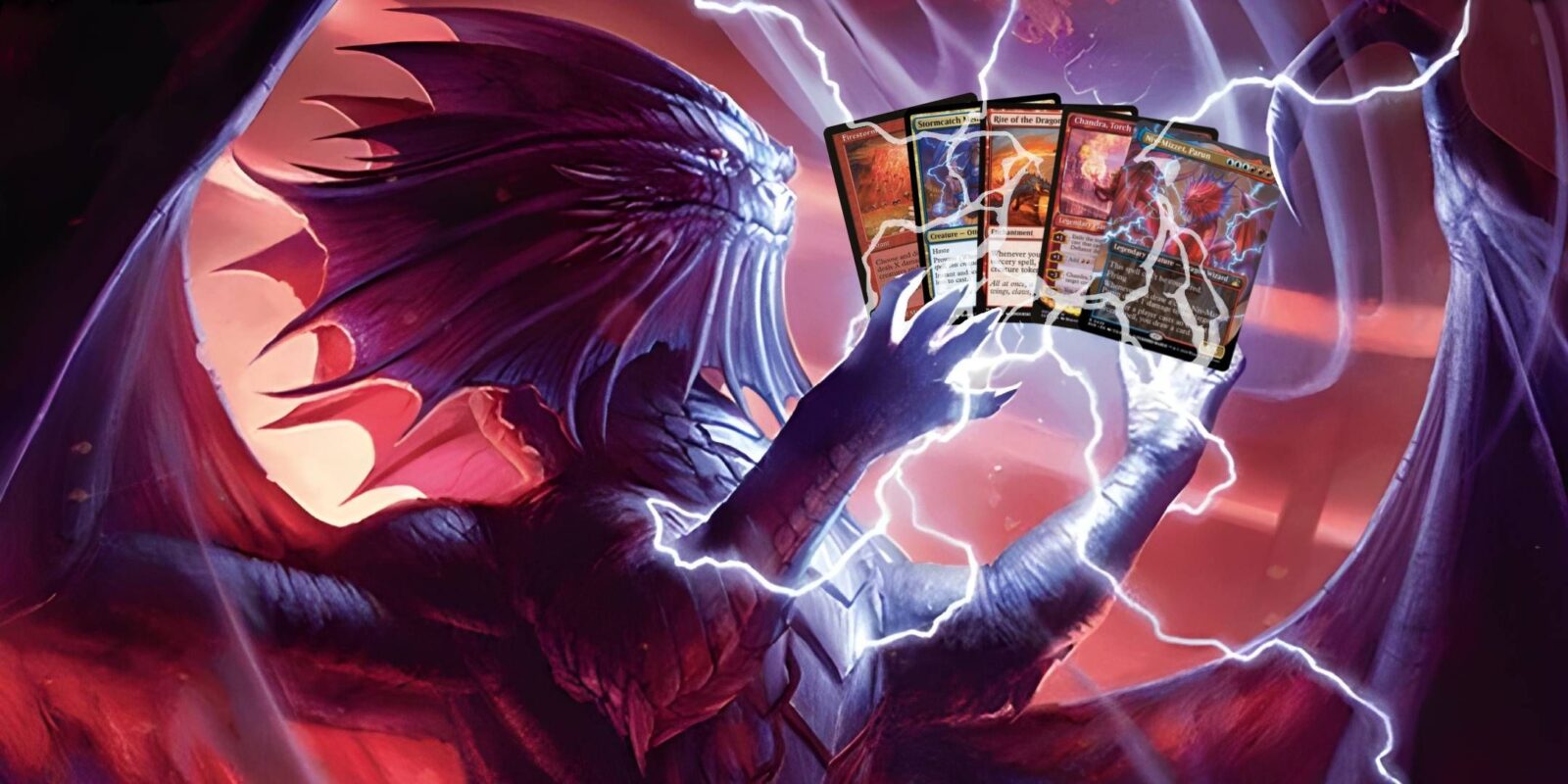

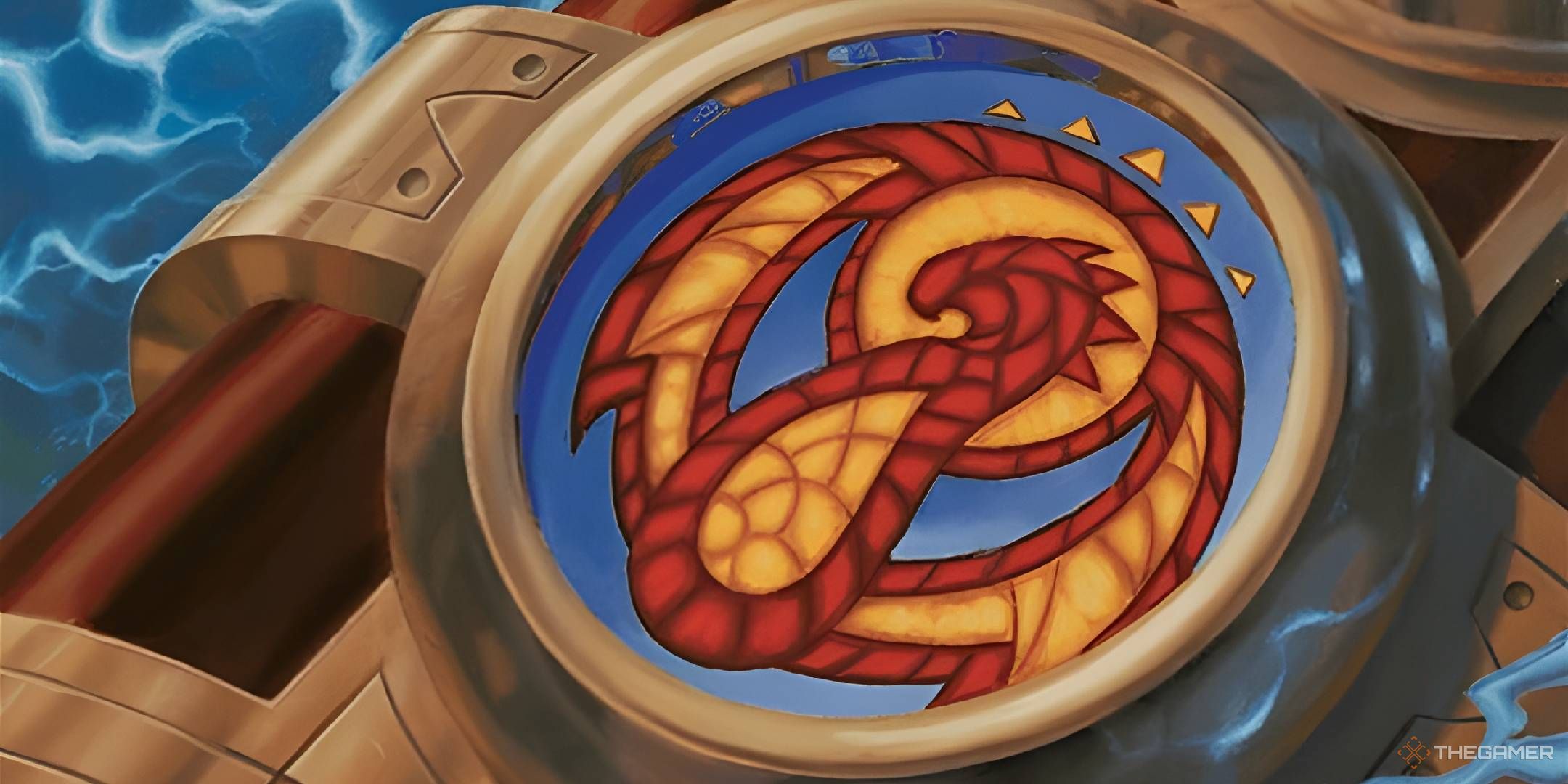
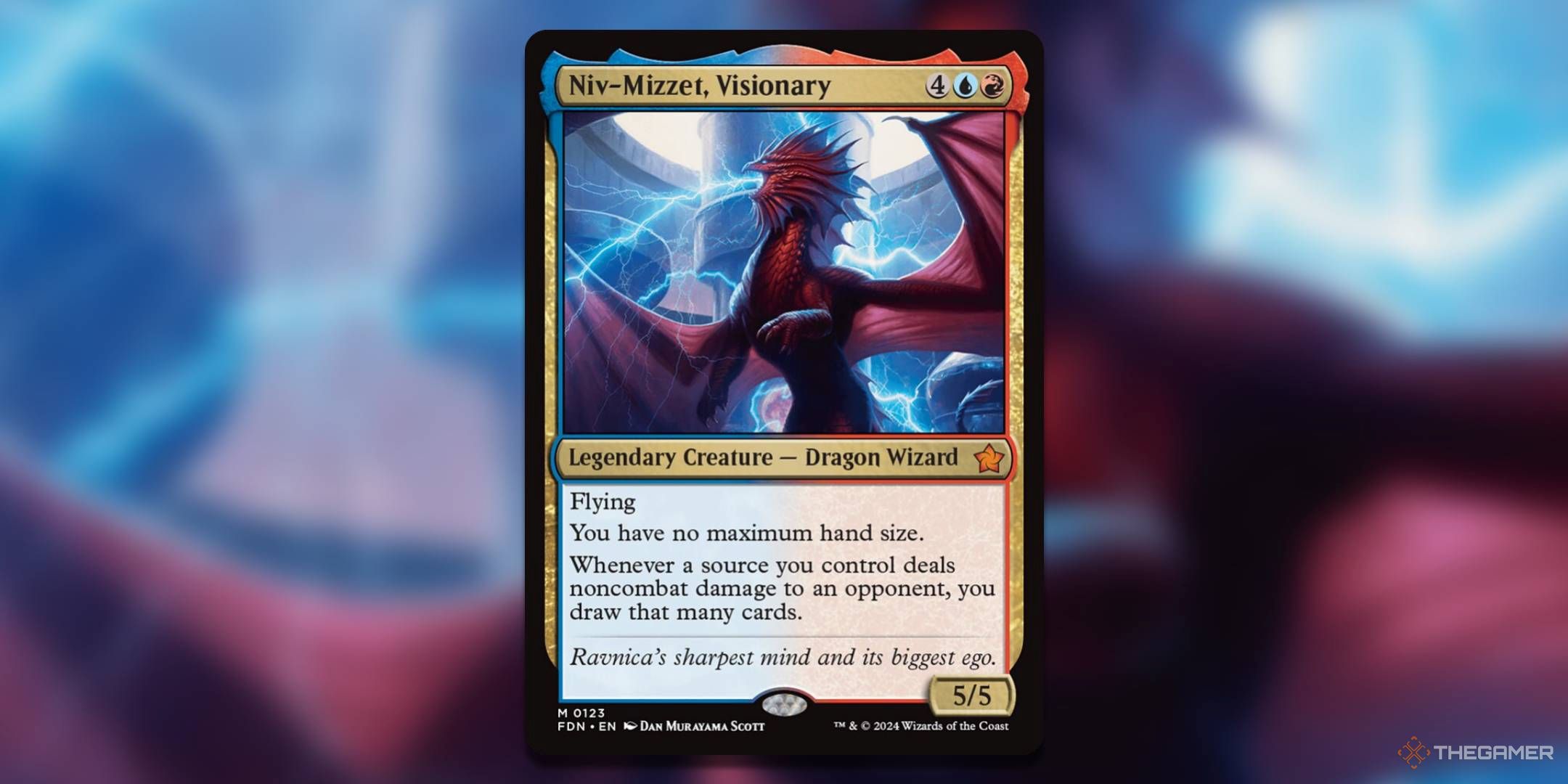
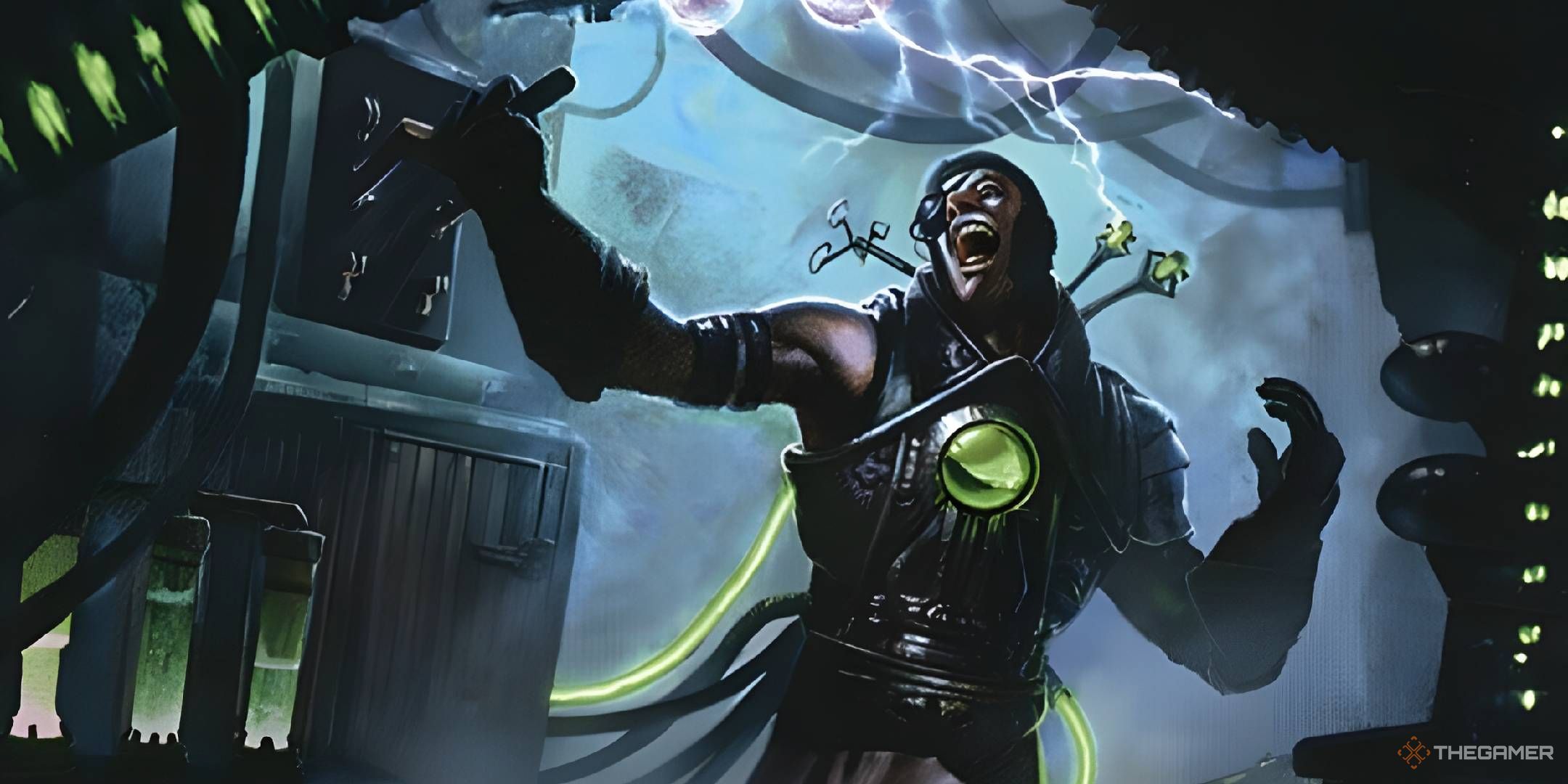
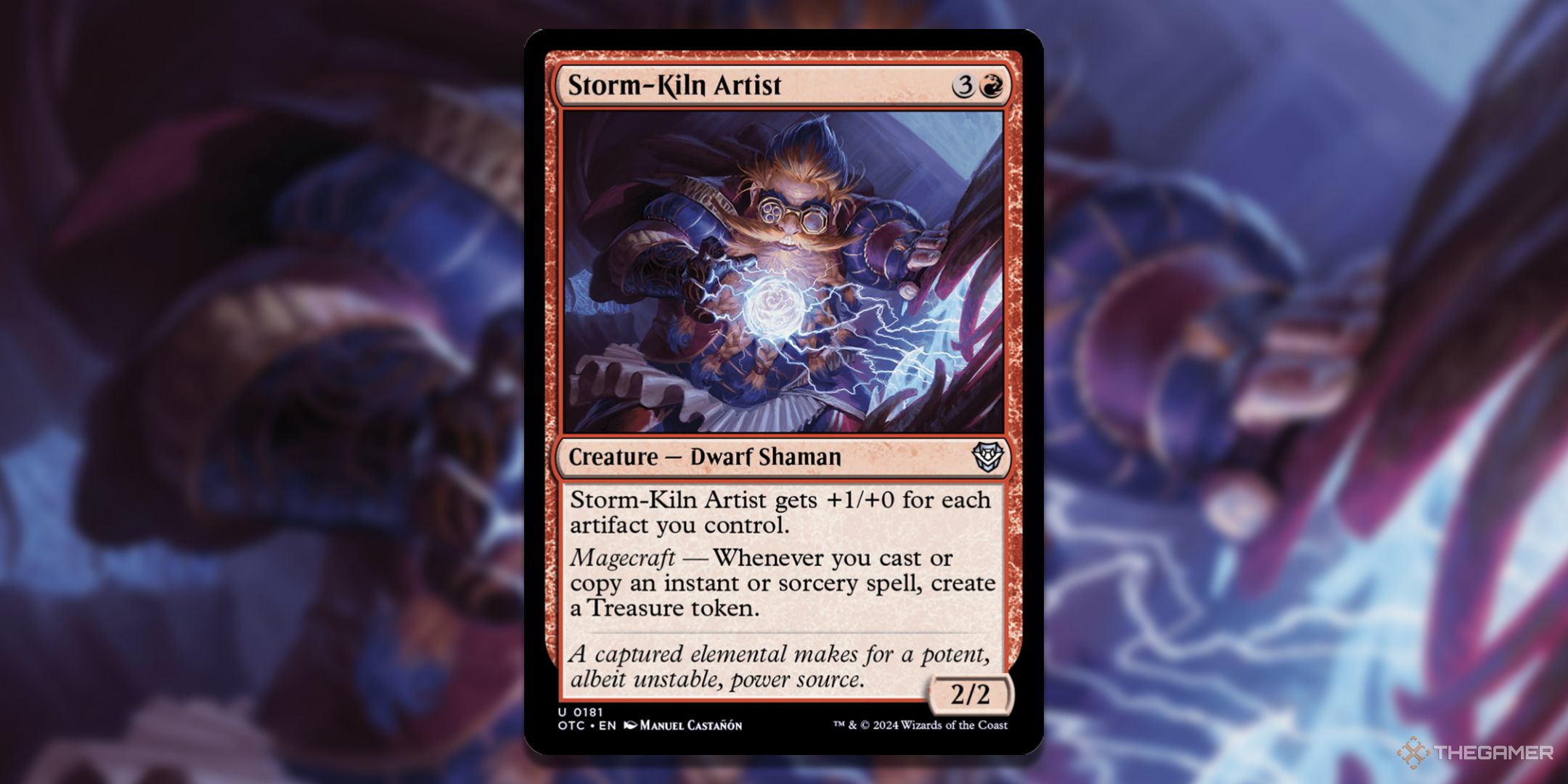
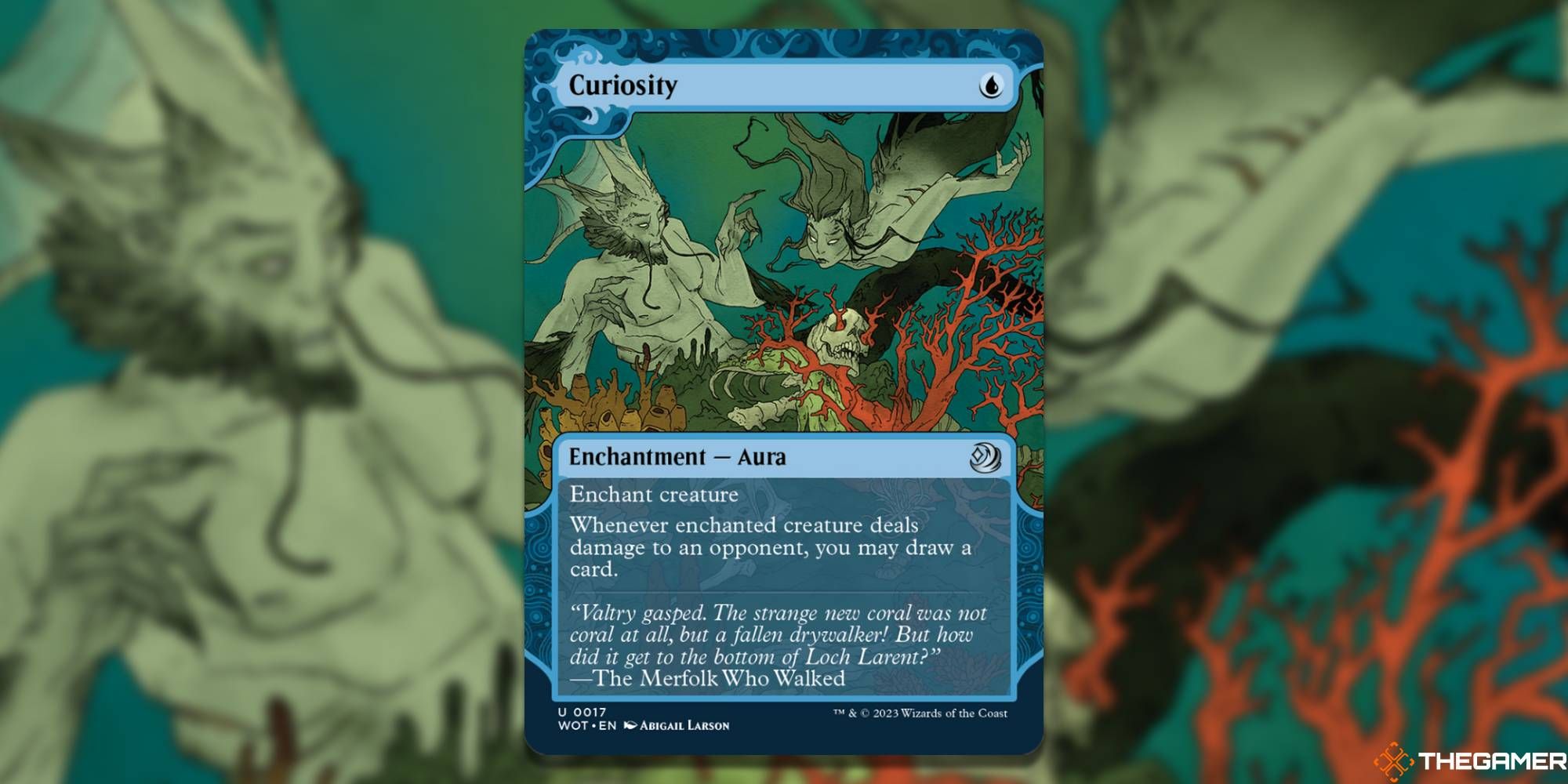
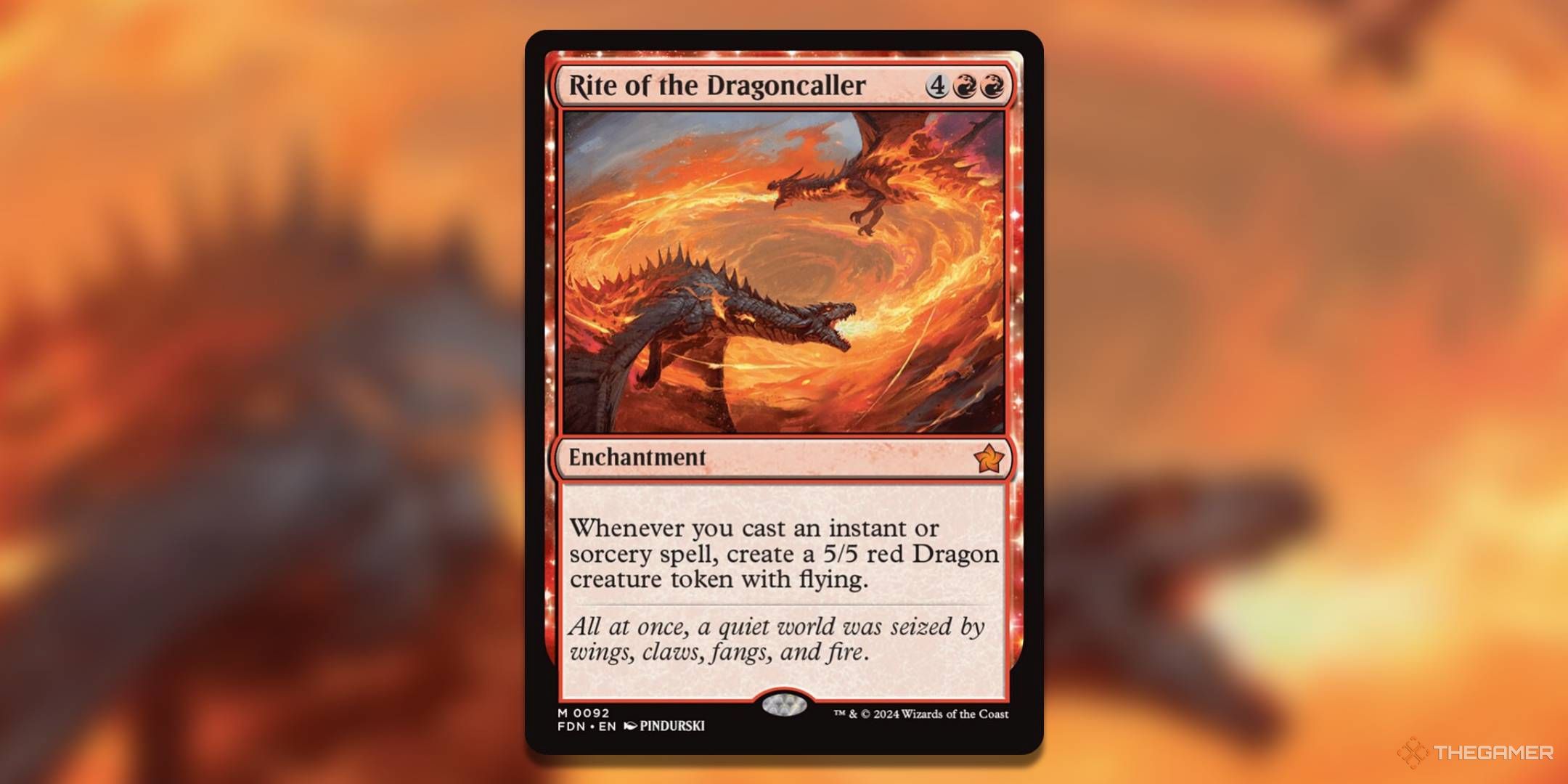
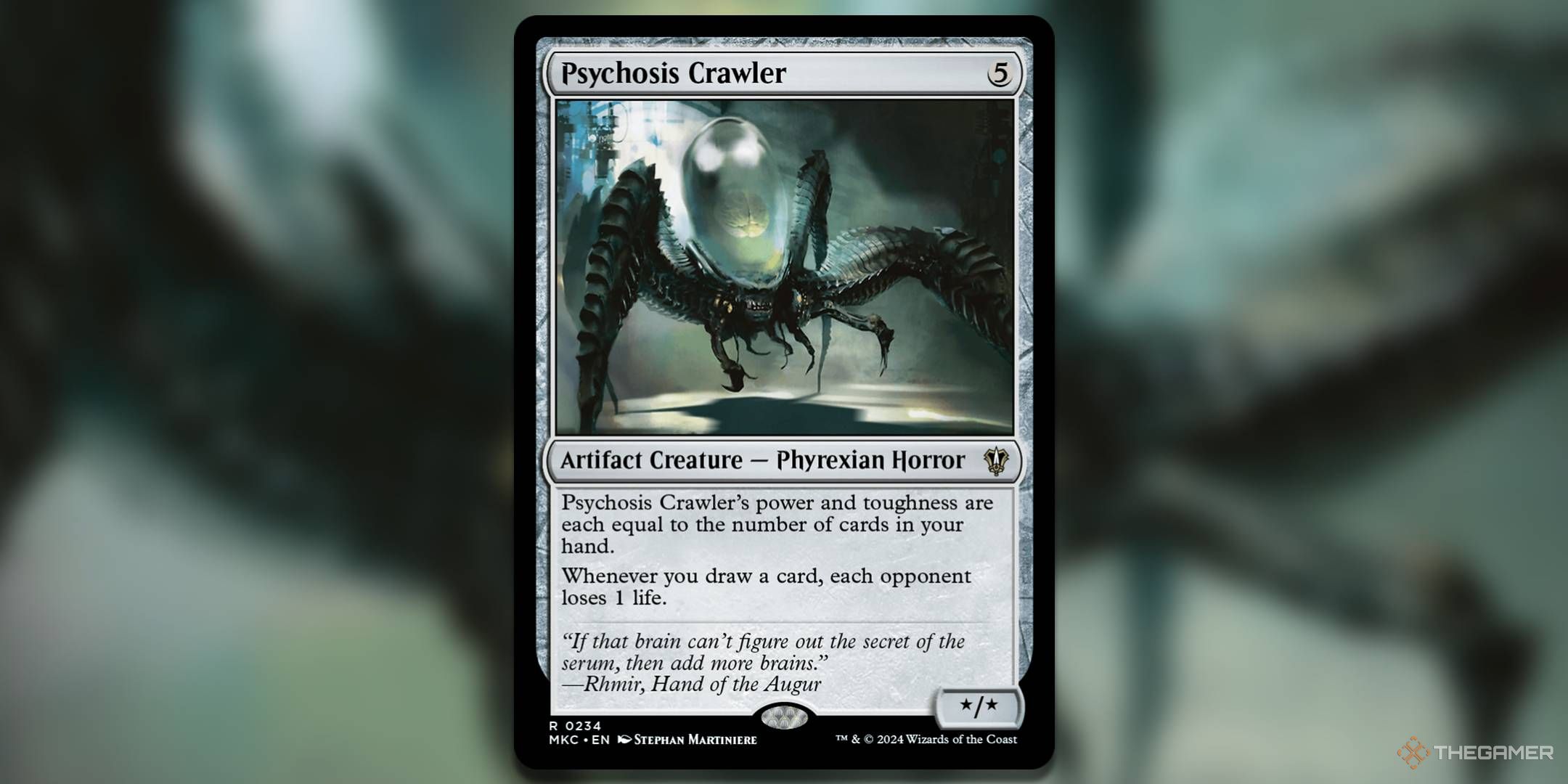
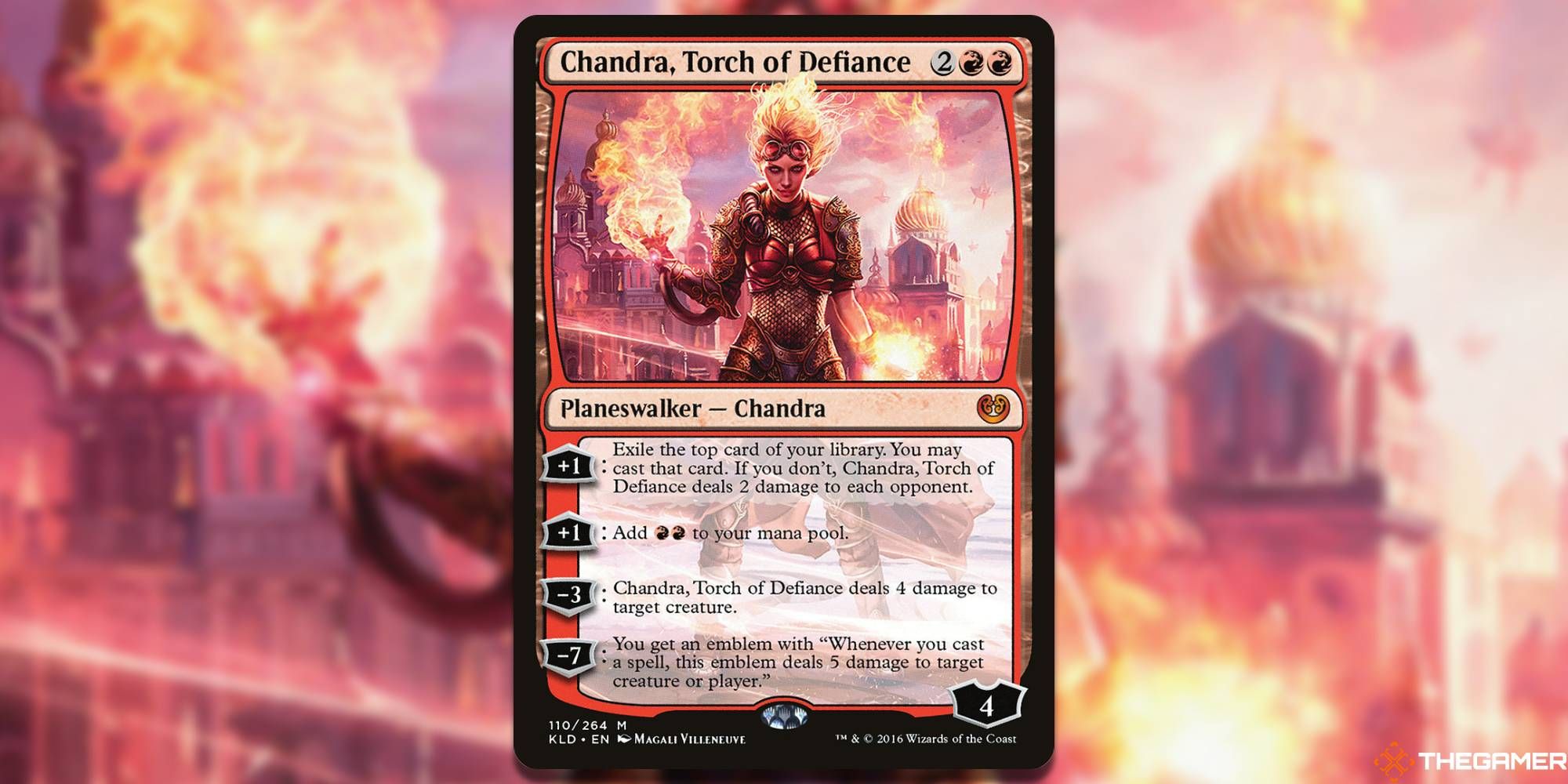
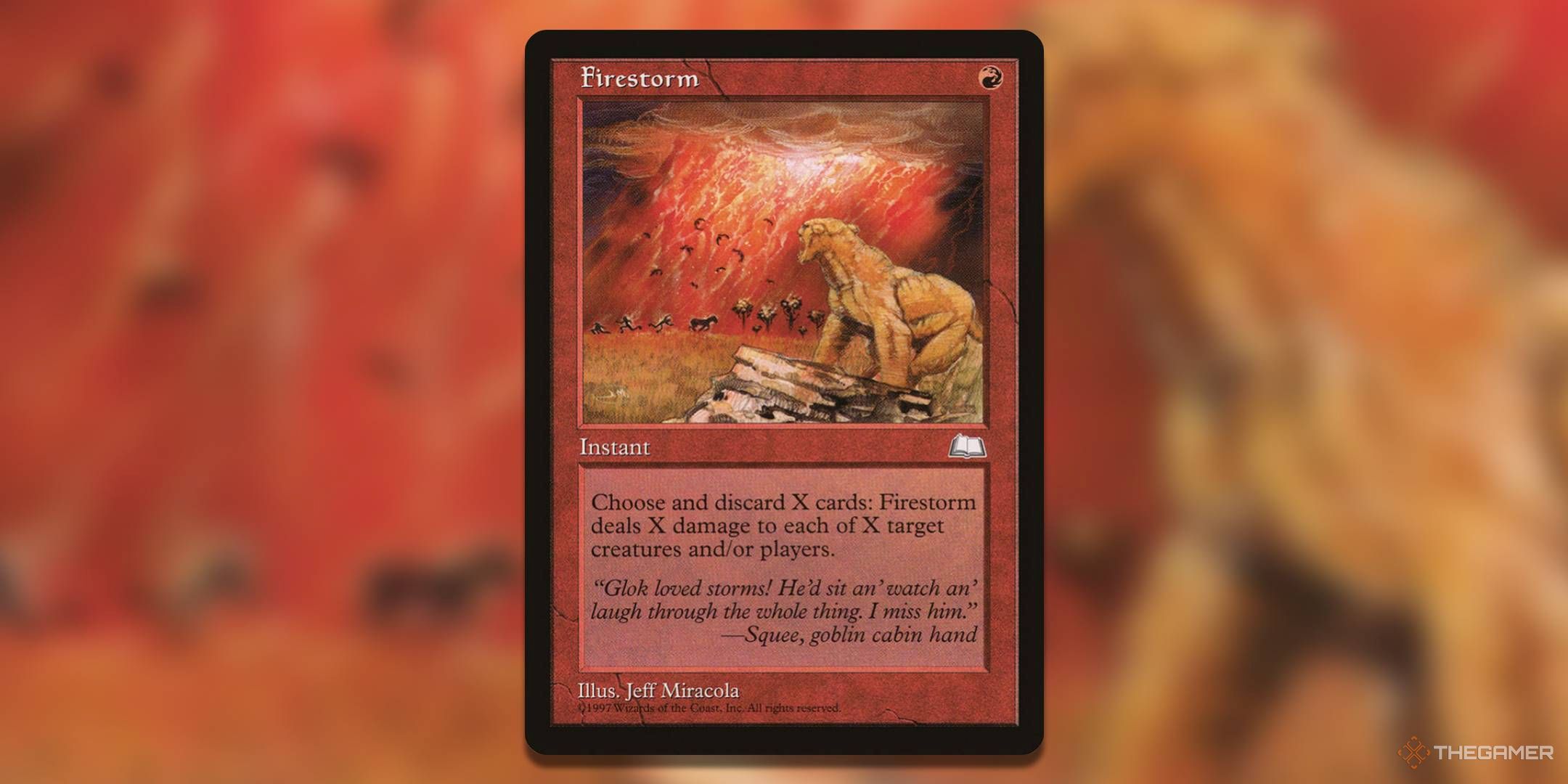

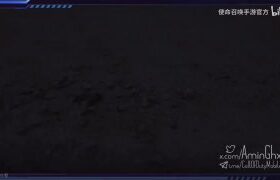


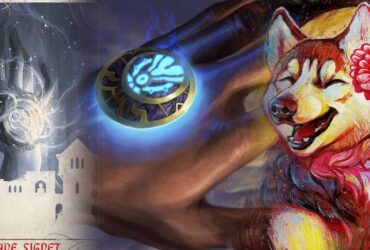
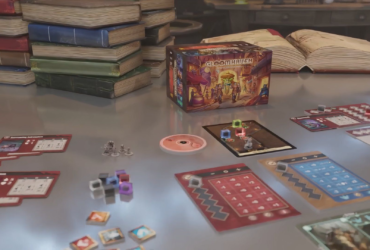
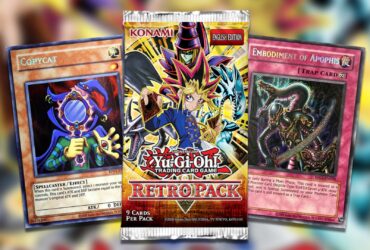


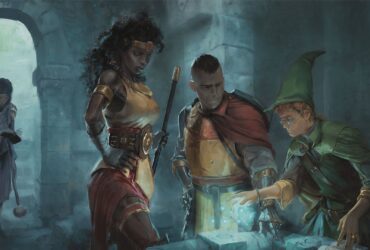
Leave a Reply